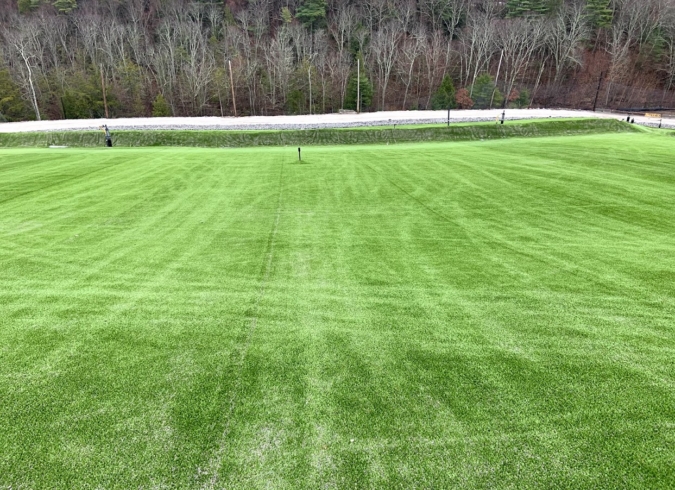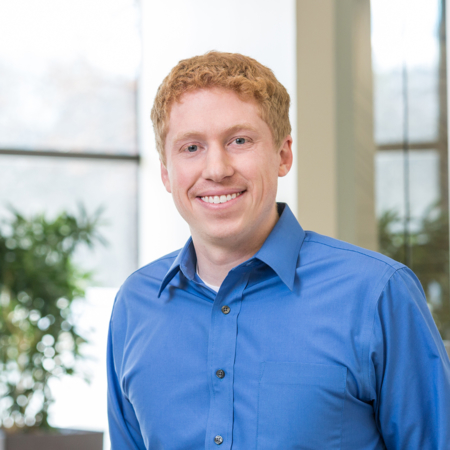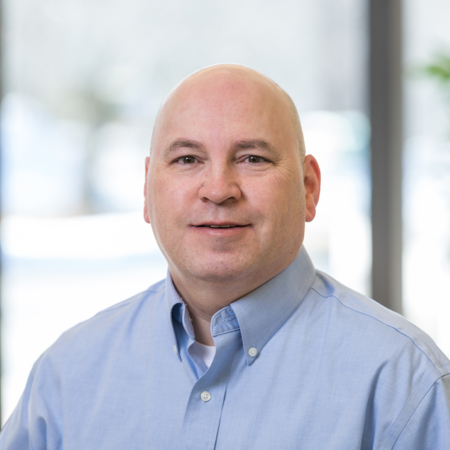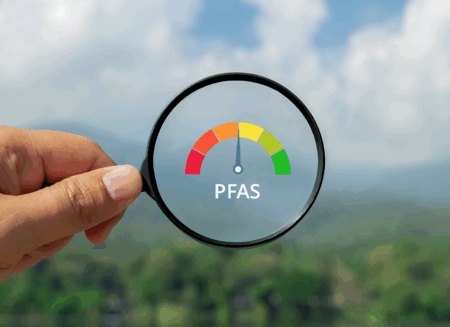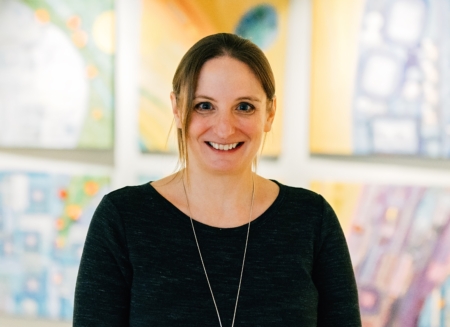Landfill management presents unique challenges, particularly when a landfill has reached its final grades or is no longer in use. At this stage, the landfill needs to be covered to reduce leachate generation and to manage landfill gas. These “landfill caps,” or final covers, are typically multi-layer systems that include geosynthetics, soil, and other materials to protect the surrounding land and groundwater.
In recent years, ClosureTurf®, an engineered product marketed by WatershedGeo, has emerged as a synthetic alternative to traditional soil and geosynthetic-based landfill covers. Since its creation, ClosureTurf® has been implemented in over 80 projects, covering more than 2,500 acres. It has gained popularity for various applications, including municipal solid waste landfills, CCR (coal combustion residuals, coal ash) impoundments, landfills, and industrial by-products and phosphates mining sites, such as the Mississippi Phosphates Superfund Site.
This blog post will explore the characteristics, advantages, and disadvantages of ClosureTurf®, helping you determine if it’s the right solution for your site.
What is ClosureTurf®?
ClosureTurf® is an innovative landfill final cover system consisting of three primary components:
- A geomembrane layer to form a water and landfill gas barrier;
- A synthetic turf layer for erosion protection; and
- An engineered sand infill to enhance stability and stormwater runoff.
This system was developed to address three main pain points associated with traditional capping methods:
- Failures and poor long-term performance of traditional approaches;
- Growing environmental challenges from transporting large volumes of soil for construction; and
- Difficulties in maintaining healthy grass coverage.
ClosureTurf® has diverse applications, including landfill closures, industrial waste containment, and sites requiring erosion control.
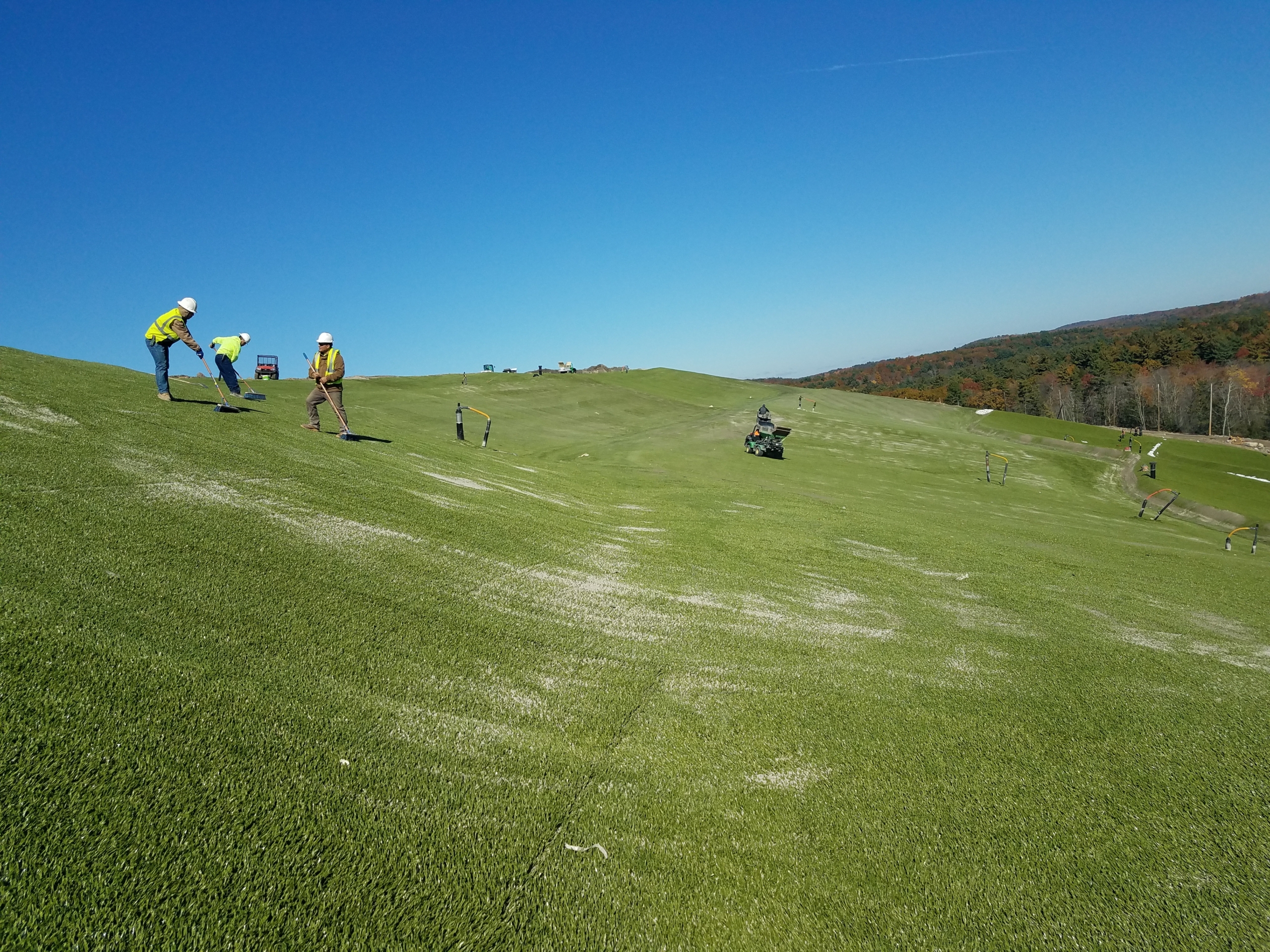
Advantages of ClosureTurf®
● Financial Benefits
ClosureTurf® offers potential cost savings through various means:
- Its thinner profile (inches vs. several feet) compared to traditional covers creates the potential for additional airspace when used as a landfill’s final cover system, resulting in additional revenue at a landfill vs. traditional methods;
- It significantly reduces costs associated with soil transportation, vegetation seeding, fertilizing, and long-term maintenance; and
- Installation can occur up to 50% faster than traditional methods.
It is important to note, however, that cost savings should be evaluated on a case-by-case basis, as not all cost benefits are universally applicable to every site.
● Improved Oversight
The proximity of the geosynthetic layer to the surface in ClosureTurf® systems allows for easier detection of issues before they become major problems. In traditional methods, problems that exist under feet of soil may go unnoticed for longer periods of time.
● Enhanced Slope Stability
ClosureTurf® improves slope stability, reducing the risk of erosion and slope failure. It is less susceptible to naturally occurring situations that would cause soil stability problems, such as earthquakes or significant rain events. In one such case, the system survived 26 inches of rain over a two-day period without requiring maintenance afterward.
● Higher Slope Gradient
The installation of ClosureTurf® is more forgiving for sites where the Code of Regulations, and/or state regulatory requirements, limits slopes to 3H:1V. Additionally, it eliminates the challenge of mowing steep slopes, which can be an issue with traditional covers.
● Enhanced Stormwater Management
The ClosureTurf® system facilitates faster stormwater runoff compared to traditional cover systems. This difference is due to the geomembrane liner being positioned right at the surface, allowing water to flow off the synthetic turf more quickly. This characteristic reduces the risk of soil erosion and leachate production.
● Environmental Impact
ClosureTurf® offers environmental benefits by eliminating the carbon footprint associated with soil transportation and long-term grass maintenance.
Disadvantages and Considerations
● Increased Legislation
With a newer, more sophisticated technology comes increased regulations around the setup and maintenance of ClosureTurf®. Consider the below requirements for any ClosureTurf® installation:
- Failure Contingencies: Some states require landfill owners to hold funds (e.g., bonds) to replace the ClosureTurf® system with a traditional cover in the event of failure;
- Increased Inspection Requirements: Instead of one to two inspections per year, ClosureTurf® systems may require quarterly or monthly inspections;
- UV Degradation Testing: Some states require tensile strength testing of the turf blades every five years to monitor potential strength or elasticity loss due to UV exposure; and
- Early Permitting: Projects using ClosureTurf® must be permitted in advance, potentially locking in the solution years before implementation. This timeline contrasts with traditional capping methods, which offer more flexibility and “fair market” options for price stability and with which regulators are familiar.
● Stormwater Conveyance Challenges
As landfills settle over time, the surface moves and changes. In traditional capping systems, this movement can be managed relatively easily by filling in settled areas with topsoil and re-seeding to maintain the necessary pitch for stormwater management. With ClosureTurf®, quick fixes are more difficult to negotiate, and the entire system may need to be reworked by a geosynthetics installer to regain the appropriate pitch.
● Infrastructure Limitations
Due to the cover system geosynthetics being right at the surface, ClosureTurf® systems cannot support heavy vehicles, which may limit larger equipment to access roads and require the construction of temporary access roads to access certain areas of the landfill for installation of landfill gas collection and control system infrastructure in the future. This restriction can increase the difficulty of long-term maintenance.
● Larger Stormwater Management Systems
Due to ClosureTurf®‘s higher stormwater peak runoff rates and increased discharge volumes and the lack of water absorption into soil and evapotranspiration, stormwater basins need to be larger than those for traditional cover systems. This difference is necessary to accommodate higher peak runoff rates and increased discharge volumes.
Is ClosureTurf® Right For Your Site?
Every site’s characteristics are unique, meaning there is no one-size-fits-all solution for your final cover needs. ClosureTurf® may be a good fit for your site if:
- You are located in coastal areas or near airports, as ClosureTurf® reduces organic matter and food sources, minimizing the attraction of animals and birds to the site;
- Your landfill type (e.g., ash, construction and demolition waste) is less susceptible to settling and/or landfill gas creation; and/or
- Your location lacks sufficient high-permeability soil (for a drainage layer) and/or topsoil nearby, which would increase the costs for traditional final covers.
Consider traditional methods or alternatives to ClosureTurf® if:
- You lack sufficient space for a larger stormwater basin(s) to accommodate the higher peak runoff rates and increase discharge volumes associated with ClosureTurf®;
- Your site is near residential or high-traffic areas, as some find the artificial-turf look of ClosureTurf® less aesthetically pleasing than natural grass; and/or
- You are not resourced to facilitate the additional regulatory requirements for a ClosureTurf® system.
Conclusion
ClosureTurf® represents a sophisticated technology that is pushing the landfill management industry forward in new and exciting ways. Understanding its benefits and limitations is crucial in determining whether it’s the right solution for your specific site and needs.
At Sanborn Head, we have extensive experience with both ClosureTurf® and traditional final cover methods. Contact us anytime for a thorough technical and financial evaluation of your site; our expertise can help you determine if ClosureTurf® is the optimal choice for your landfill management needs.
Posted In: Articles
Tagged In: Solid Waste, Technology

